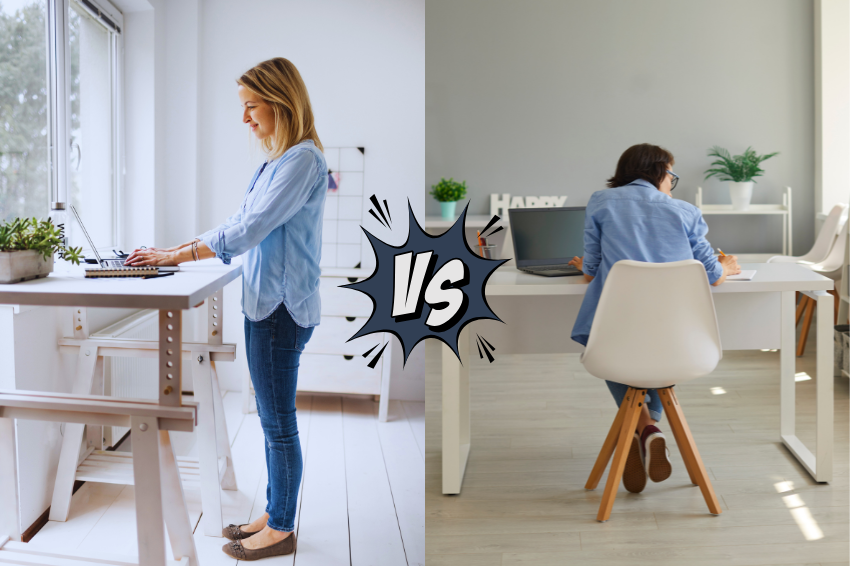A nice restaurant is no longer only a place to eat; it is also a social gathering place. People flock to this resort to rest, interact, and enjoy a wonderful experience. Is it feasible to make improvements to your restaurant’s design in order to give your guests with the finest possible experience? We’re here to assist you in determining the answer to that query.
5 Small Restaurant Design Tips
We’ve put together this list of small restaurant design tips to assist you in making the most of your area. These fundamental small restaurant design tips can assist you in addressing the issues that have the most impact on your clients.
Show Your Brand Personality
The way your restaurant is regarded by your target customer is referred to as its brand personality. Furthermore, as a restaurateur, your brand’s personality will influence many of the other design decisions that you will have to make. In the case of a formal brand personality, the sorts of uniforms your personnel wear, the silverware and place settings you pick, and the decor that is acceptable for your dining spaces are all influenced by this.
Since your brand personality will have an impact on the design of your restaurant, it is critical that you identify your brand personality before you even begin thinking about how to design your space for it. Even if you have a general idea of your brand’s personality in your brain, we urge that you write it all down. You will be able to examine it in its entirety and begin to tweak it in order to better meet your objectives and the preferences of your customers.
Design A Great Menu
You should provide more than simply a list of foods and their pricing on your menu. You should consider it to be one of the most crucial marketing tools that your business creates. Not only should your menu exhibit and promote your restaurant’s dish, but it should also reflect and accentuate your culinary and brand philosophy.
All of this may be demonstrated through the selection of photographs, language, size, presentation, typefaces, layouts, and a variety of other elements. Organizing products in a logical order from appetizers to entrees to desserts is also vital for making it easier for guests to find what they’re looking for. Another excellent method of displaying your cuisine and making your menu easy to read is to use graphics to emphasize popular meals on your menu. When promoting high-profit-margin meals, this is a particularly successful strategy because the reader’s attention is driven to that region of the menu by nature.
Consider The Seating Capacity
It is not only dependent on the quantity of space available, but also on the concept you like to create for your consumers, that your sitting arrangement is determined. Your objective here is to bring in enough consumers to generate a fair profit while also making your customers feel comfortable. Seating capacity is more important in fast-casual restaurants but establishing a comfortable environment is more important in high-end restaurants, As a result, if your business is going to be fast-casual, customers will not be bothered to seat near to other customers or even to stand in long lines. However, if you want to provide your visitors with a more personal experience, you’ll need to space your sitting sets further apart from one another in order to allow individuals to have private talks.
A well-designed layout should allow workers and consumers to move around the space in an orderly fashion without constantly getting in each other’s way. Table and chair designs are also important if you want to optimize the overall seating capacity. Some designs are more flexible than others. You may also move or vary the location of your counter in order to maximize the use of available space.
Improve The Lighting
Lighting is one of the most underappreciated aspects of a restaurant’s interior design. There are many various types of lights available for commercial use, and each one creates a particular mood. A restaurant’s mood and atmosphere are created by the lighting, which eventually contributes to the building blocks of a positive clientele interaction.
So, what exactly are we attempting to achieve here? Lighting may be utilized to attract focus to specific areas, draw attention to specific elements, or create some pleasant corners. A bright neutral restaurant lighting design will make the space appear light and airy, but a pendant light hanging from the ceiling above specific individual tables will create the impression of a romantic dining room. The appropriate type of lighting may enhance the appearance of furniture, conceal defects, and improve the entire eating experience for your customers.
Lighting is also one of the first things that a passing potential consumer notices when entering a restaurant, according to research. Passersby might be drawn in by the use of bright, attention-grabbing lights. If you have no prior expertise with lighting setups, it is highly suggested that you get assistance from a lighting professional.
Pay Attention To Bathrooms
The bathrooms, aside from the dining spaces, are the most crucial location to consider when creating your restaurant’s interior layout. Do not think of this space as a simple restroom with a sink; rather, see it as an extension of your company’s identity. You may reproduce your brand’s personality, color scheme, and even logo in this space to ensure that your customers don’t lose the sensations you’ve worked so hard to evoke in the eating area while they’re there.
The same care and consideration that you put into the design of your bathroom should be applied to its upkeep and cleaning. It is recommended that bathrooms be kept clean and that they be examined at least once an hour. In order to guarantee that the space is clean and well-stocked every half hour, we propose that you give a bus person, food runner, or host the job of checking on it every half hour. Remember that a filthy restroom reflects poorly on the company as a whole and causes clients to speculate about the cleanliness of places they do not see in the restroom.
Conclusion
A variety of elements, including your hiring selections and financial planning, impact your ability to be a successful restaurant. It may make the difference between a busy, hectic setting and an open, peaceful one in a restaurant with outstanding design. Customers will be pleased and your profits will increase if your restaurant finds the ideal combination of ambience and seating capacity.






